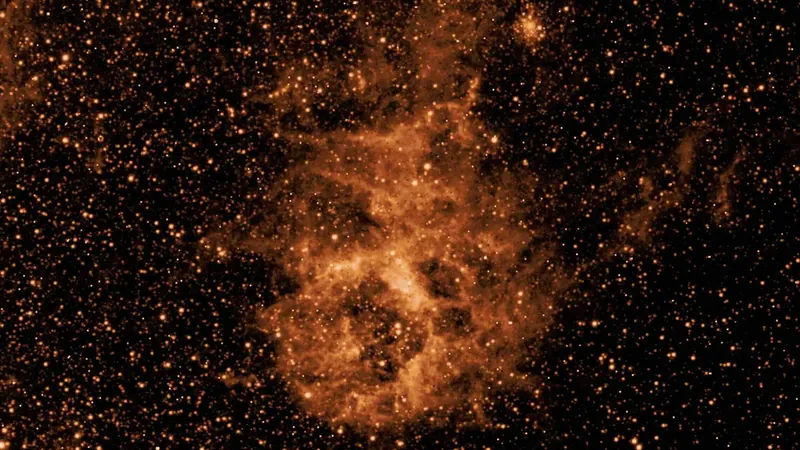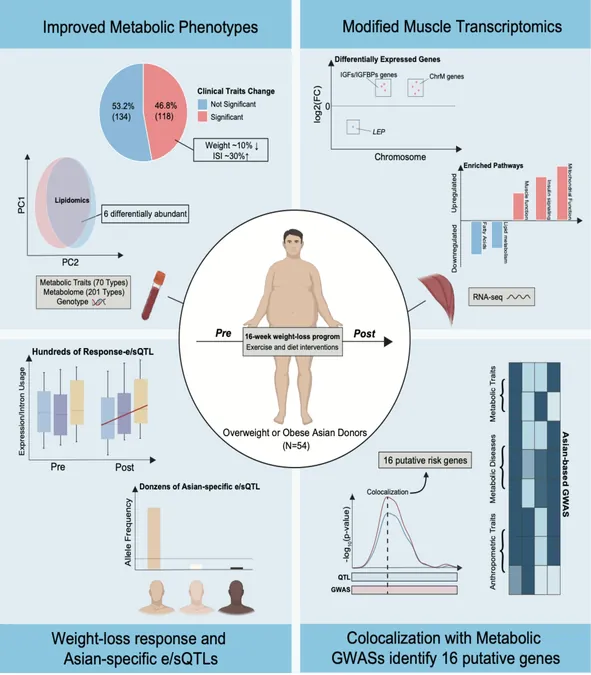
NASA’s SPHEREx Space Telescope Embarks on Revolutionary Mission to Map the Universe
2025-07-04
Author: Siti
NASA’s groundbreaking SPHEREx space telescope has successfully entered low-Earth orbit, and it’s already sending back a treasure trove of astronomical data that will benefit both professional researchers and enthusiastic citizen scientists.
Having launched in March, SPHEREx (Spectro-Photometer for the History of the Universe, Epoch of Reionization, and Ices Explorer) is on a mission to create comprehensive all-sky maps. Unlike previous attempts, SPHEREx enhances the exploration of the cosmos with a staggering 102 infrared wavelengths, far surpassing the four used in the earlier WISE mission.
Decoding the Cosmos with Spectroscopy
As astronomers probe farther into the universe, spectroscopy has emerged as an essential method to unlock its secrets. This powerful technique allows researchers to analyze infrared data from distant celestial bodies, identifying crucial molecules. SPHEREx scientists will leverage this to hunt for vital life-sustaining components, such as water ice and organic molecules, throughout the Milky Way.
With its impressive array of wavelengths, SPHEREx is also set to explore the universe’s expansion by tracking light emissions from galaxies across time, offering a fresh perspective on cosmic growth.
Rachel Akeson, lead for the SPHEREx Science Data Center at IPAC, emphasizes, "By examining the entire sky, SPHEREx data can address almost every aspect of astronomy."
A Mission Built on Transparency and Accessibility
The SPHEREx mission is slated to run for two years, executing two all-sky surveys each year, culminating in four comprehensive maps. At the one-year mark, the team plans to unveil a detailed 102-wavelength sky map.
Staying true to NASA’s commitment to data transparency, all SPHEREx observations will be made public within 60 days of collection. This timeline allows the team to process the data, clearing anomalies, aligning images, and correcting potential instrument defects.
"We’re committed to providing enough information so that others can also conduct their own research," Akeson adds. SPHEREx’s data, hosted by the IPAC Infrared Science Archive, will serve as a valuable resource for the entire astronomy community.
Fueling Future Discoveries
Moreover, SPHEREx’s findings aren't just confined to its mission; they will complement other space telescopes. Astronomers will be able to identify intriguing targets for closer inspection using the James Webb Space Telescope and refine observations of exoplanets from NASA’s TESS.
In the quest to unveil dark matter and energy, SPHEREx will collaborate with the European Space Agency’s Euclid mission and NASA’s upcoming Nancy Grace Roman Space Telescope, expected to launch in May 2027.
"Granting public access to our data empowers the entire astronomy community to explore these diverse areas of science," concludes Akeson.

 Brasil (PT)
Brasil (PT)
 Canada (EN)
Canada (EN)
 Chile (ES)
Chile (ES)
 Česko (CS)
Česko (CS)
 대한민국 (KO)
대한민국 (KO)
 España (ES)
España (ES)
 France (FR)
France (FR)
 Hong Kong (EN)
Hong Kong (EN)
 Italia (IT)
Italia (IT)
 日本 (JA)
日本 (JA)
 Magyarország (HU)
Magyarország (HU)
 Norge (NO)
Norge (NO)
 Polska (PL)
Polska (PL)
 Schweiz (DE)
Schweiz (DE)
 Singapore (EN)
Singapore (EN)
 Sverige (SV)
Sverige (SV)
 Suomi (FI)
Suomi (FI)
 Türkiye (TR)
Türkiye (TR)
 الإمارات العربية المتحدة (AR)
الإمارات العربية المتحدة (AR)